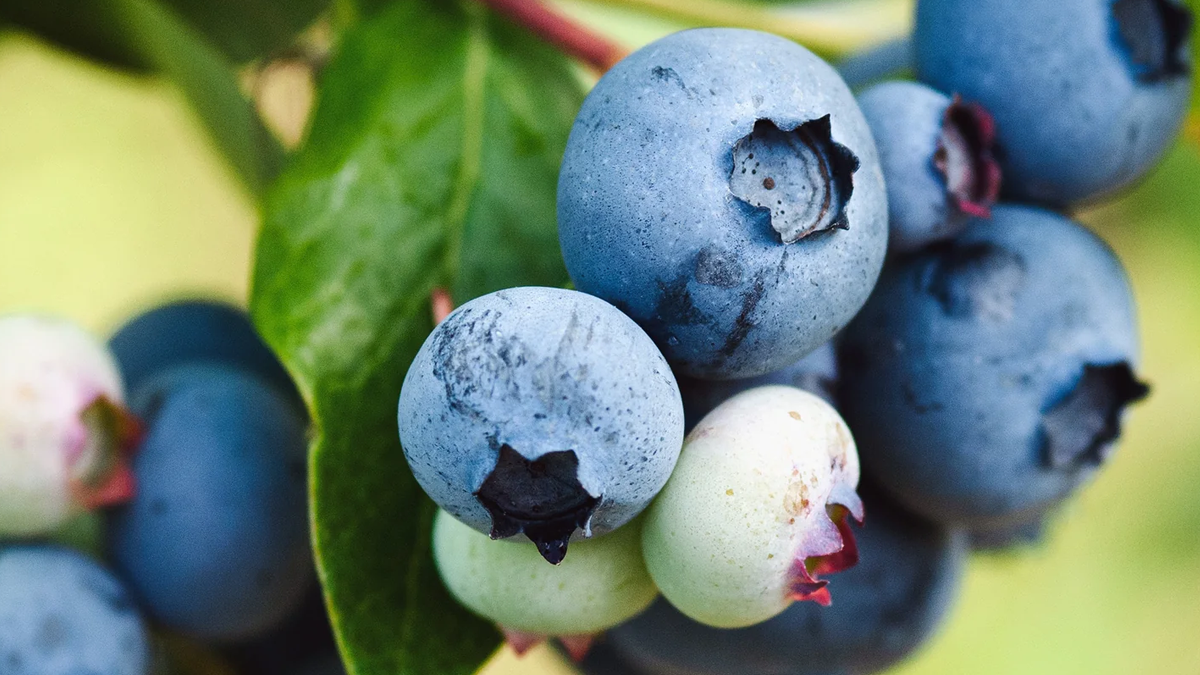
How to Plant and Grow Your Own Blueberries
Maine's climate and acidic soil make it one of the best places in the country to grow blueberries, especially the beloved lowbush variety that's native to the region. Whether you're starting a home orchard or just want a couple of bushes in your backyard, planting your own blueberries is a rewarding endeavor that yields delicious results. Here's how to get started.
Choosing the Right Type
Maine gardeners can choose between two main types of blueberries:
- Lowbush (Vaccinium angustifolium): Native to Maine and often found in the wild, these are ideal for naturalizing and require minimal maintenance once established. They're typically harvested in July and August.
- Highbush (Vaccinium corymbosum): These cultivated varieties produce larger berries and are easier to harvest. Many homeowners choose hardy highbush cultivars like 'Bluecrop', 'Patriot', and 'Northland' for their consistency and cold tolerance.
Site Selection
Blueberries need:
- Full sun: At least 6 hours per day.
- Acidic soil: pH between 4.5 and 5.5.
- Well-draining ground: Avoid heavy clay or soggy soil. Raised beds or mounded rows are a good option.
A soil test is strongly recommended. You can amend the soil with elemental sulfur or peat moss if the pH is too high.
Planting Tips
- When to plant: Early spring, after the soil has thawed but before buds have broken.
- Spacing: 4-5 feet apart for highbush; 2-3 feet for lowbush.
- Depth: Plant bushes at the same depth they were in their nursery pots.
Mix compost and peat moss into the planting hole. After planting, water deeply and mulch with pine needles, bark, or wood chips to conserve moisture and maintain acidity.
Care and Maintenance
- Watering: Blueberries prefer consistent moisture. Aim for 1-2 inches per week, especially during fruiting.
- Fertilizing: Use a fertilizer formulated for acid-loving plants. Avoid over-fertilizing, especially in the first year.
- Pruning: Start pruning in year 3. Remove dead wood and thin older canes to encourage new growth and better fruiting.
- Pollination: Plant at least two different highbush varieties for optimal cross-pollination and better yields.
Pest and Wildlife Considerations
Birds love blueberries as much as people do. Protect your crop with bird netting once the fruit starts to ripen. Deer and rabbits may browse young plants - fencing or repellents can help.
Harvesting and Beyond
Highbush blueberries are typically ready for picking from mid-July to early August. Berries don't ripen all at once, so expect to pick multiple times. Wait until they're fully blue and come off easily with a slight tug.
Fresh blueberries can be enjoyed right off the bush, frozen for later use, or baked into pies, muffins, and jams.
Final Thoughts
With a little patience and care, blueberry bushes will reward you for decades. In Maine, where these plants thrive naturally, growing your own can be both a delicious and deeply rooted tradition.